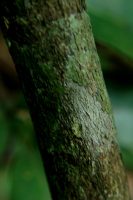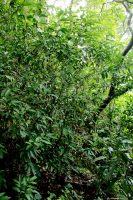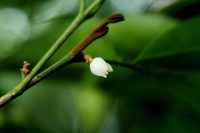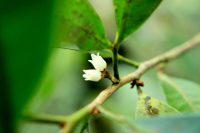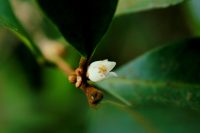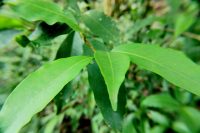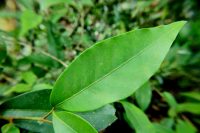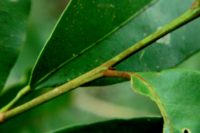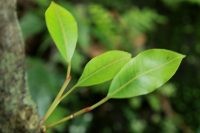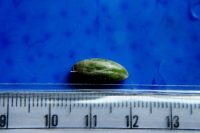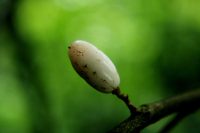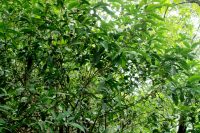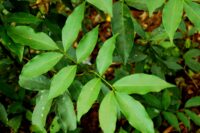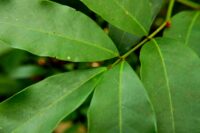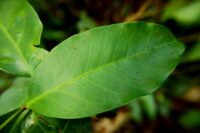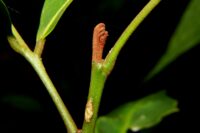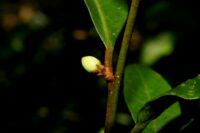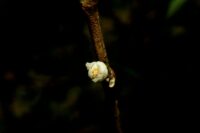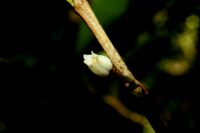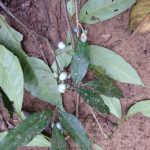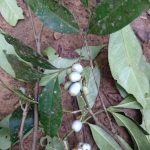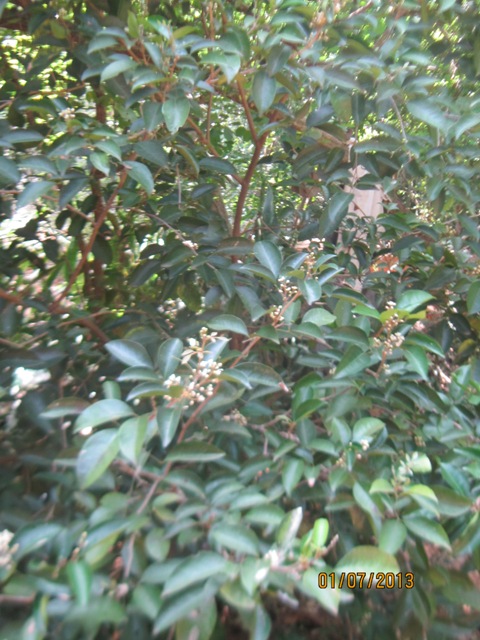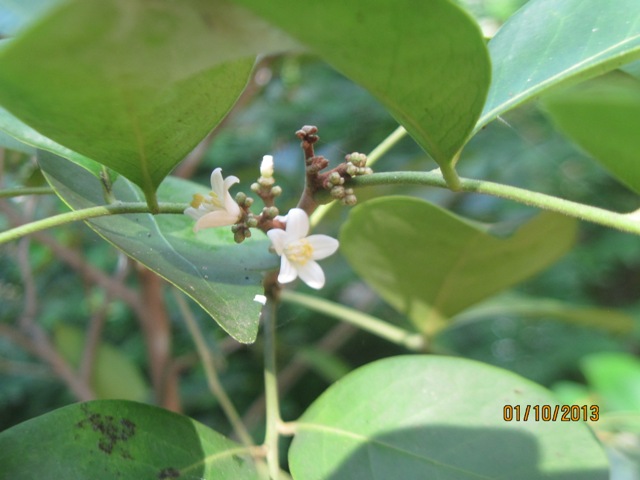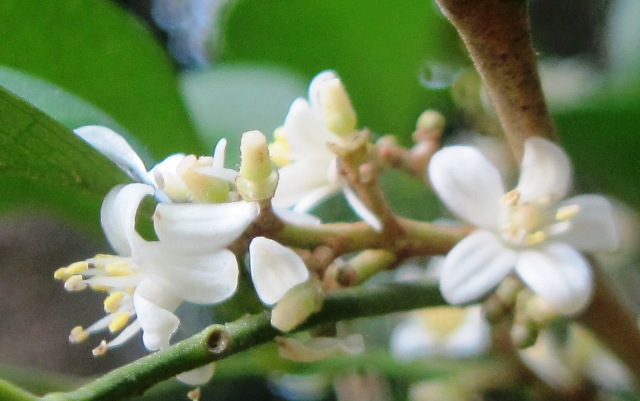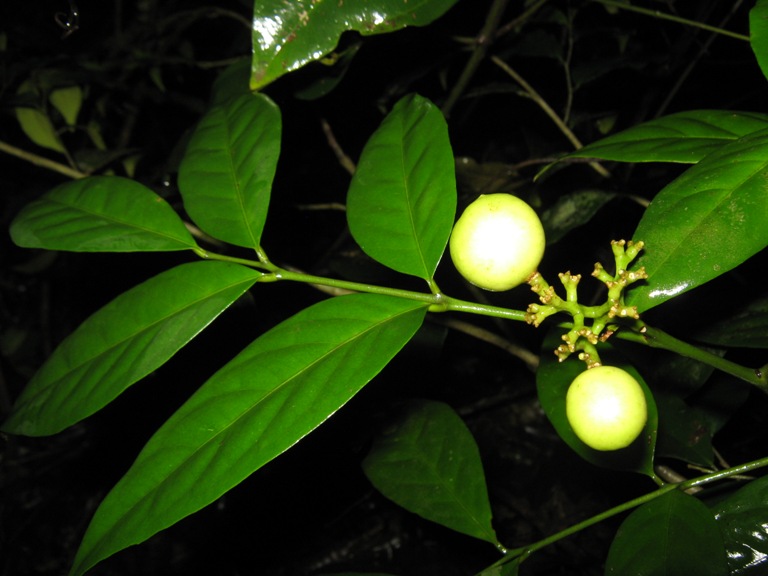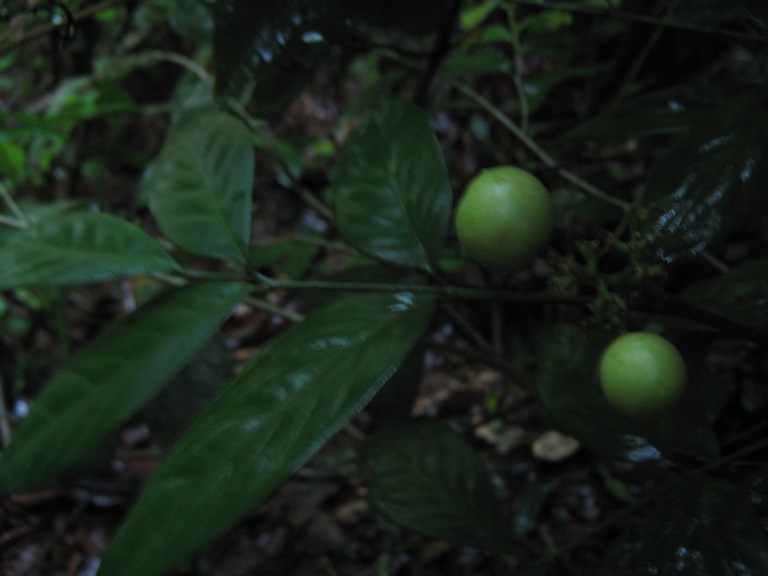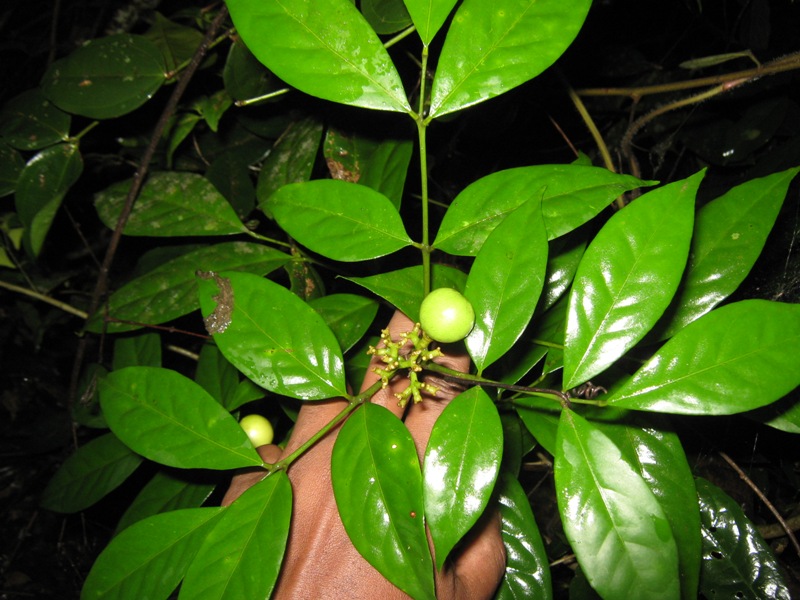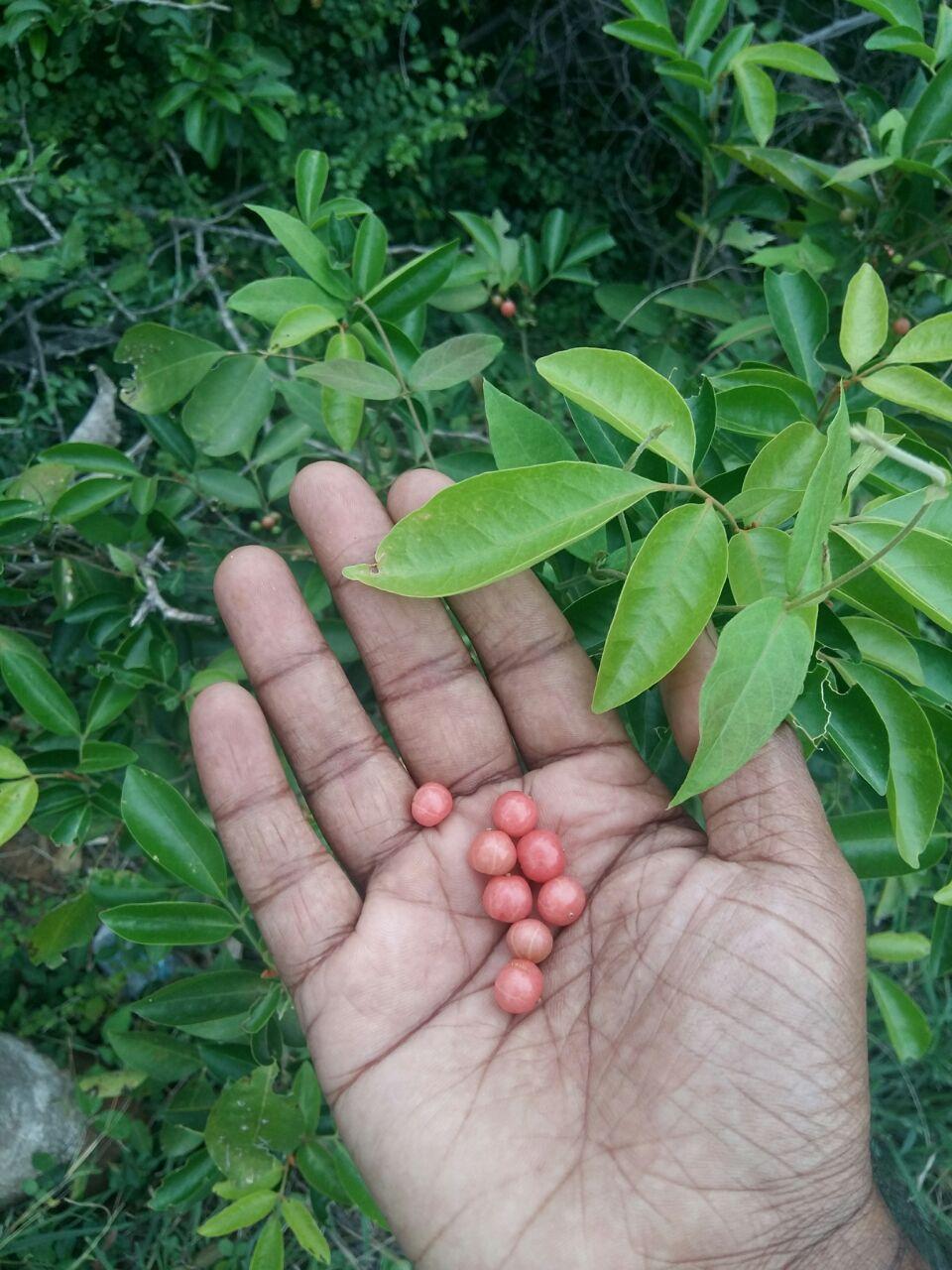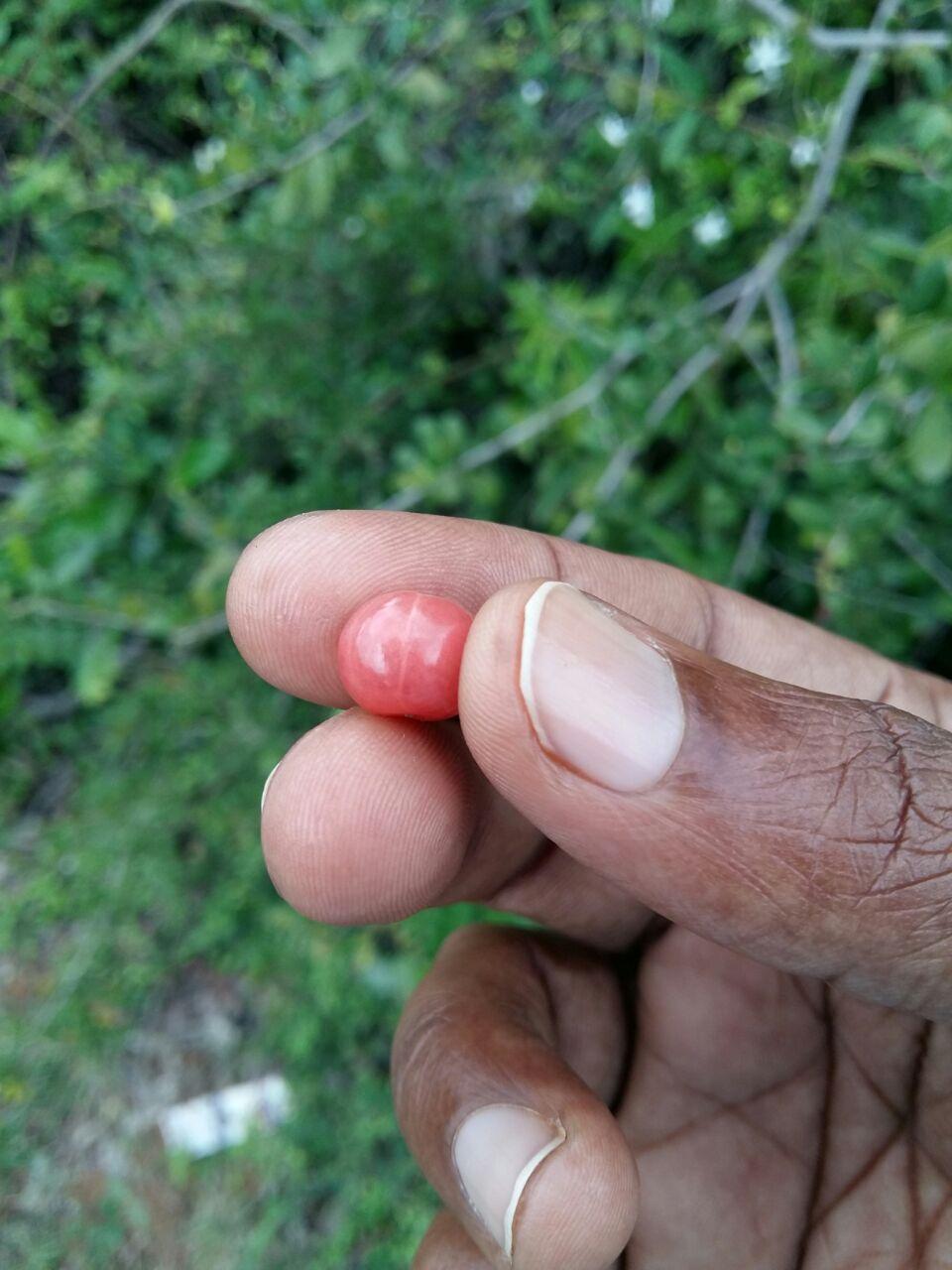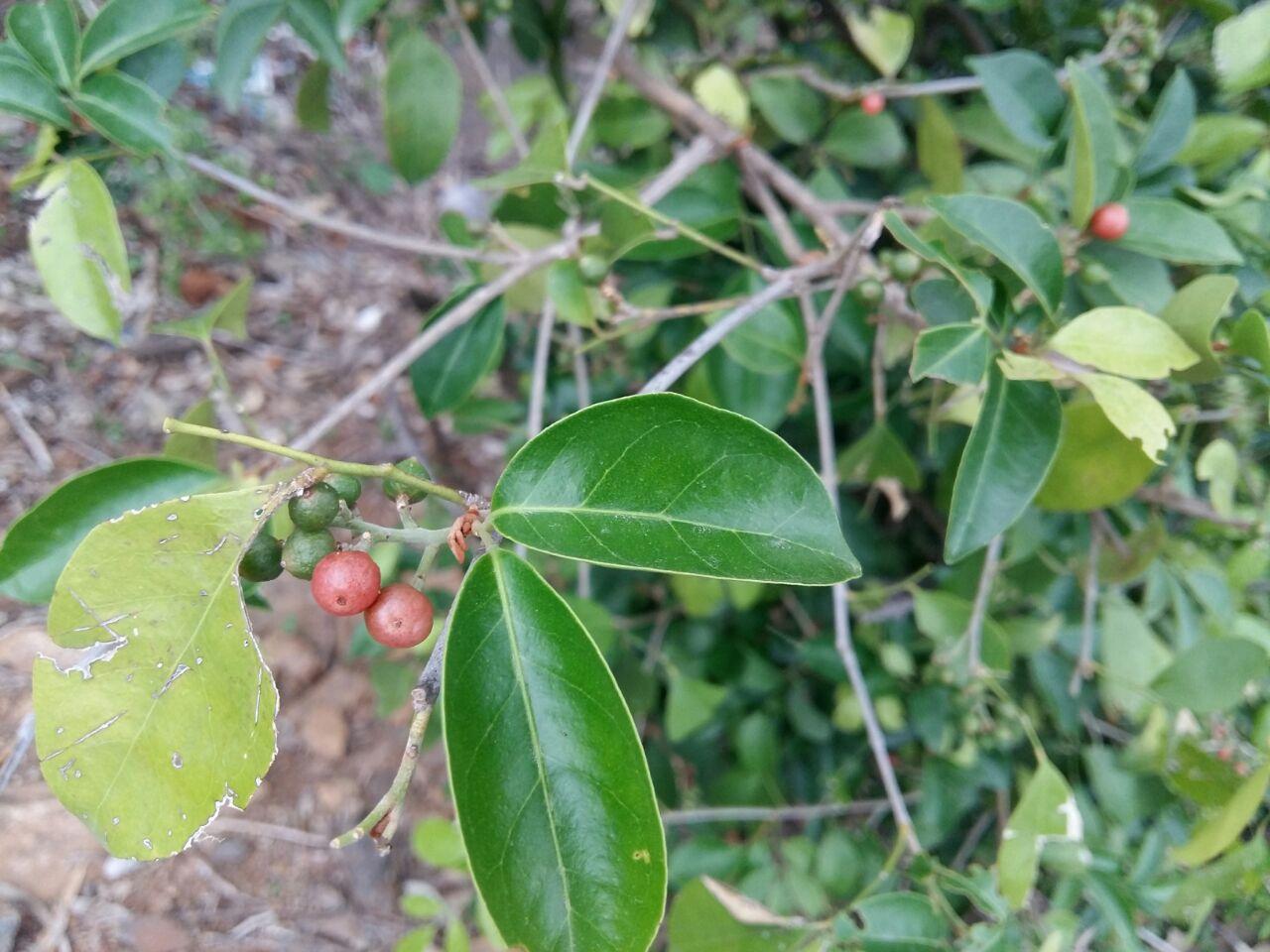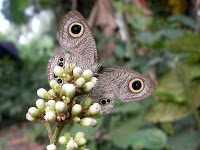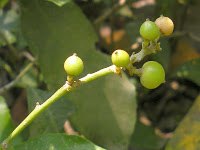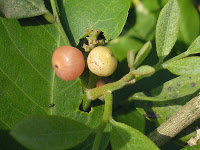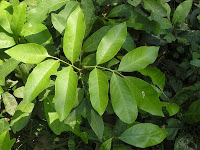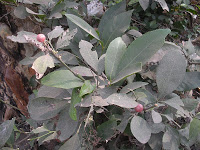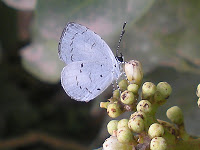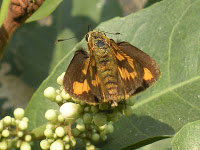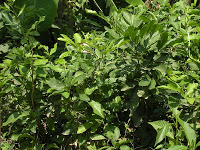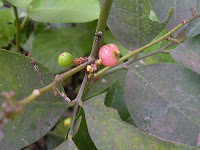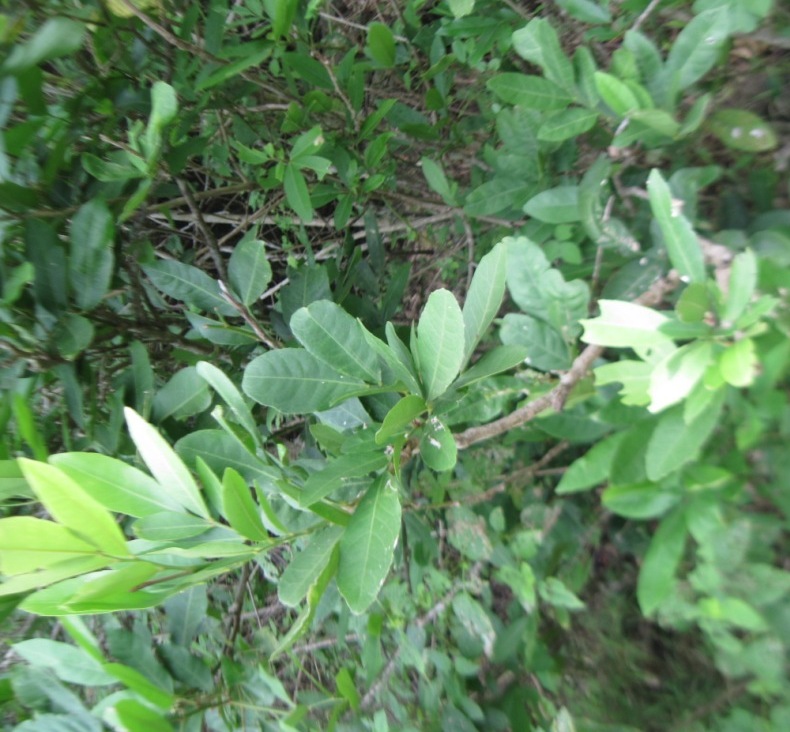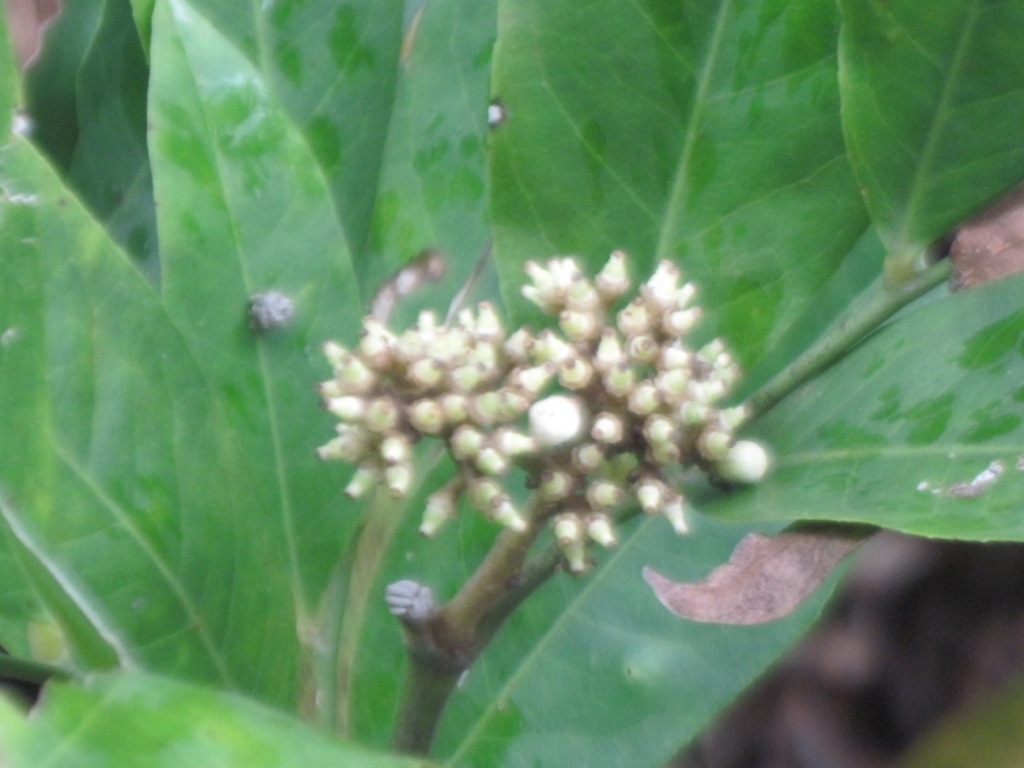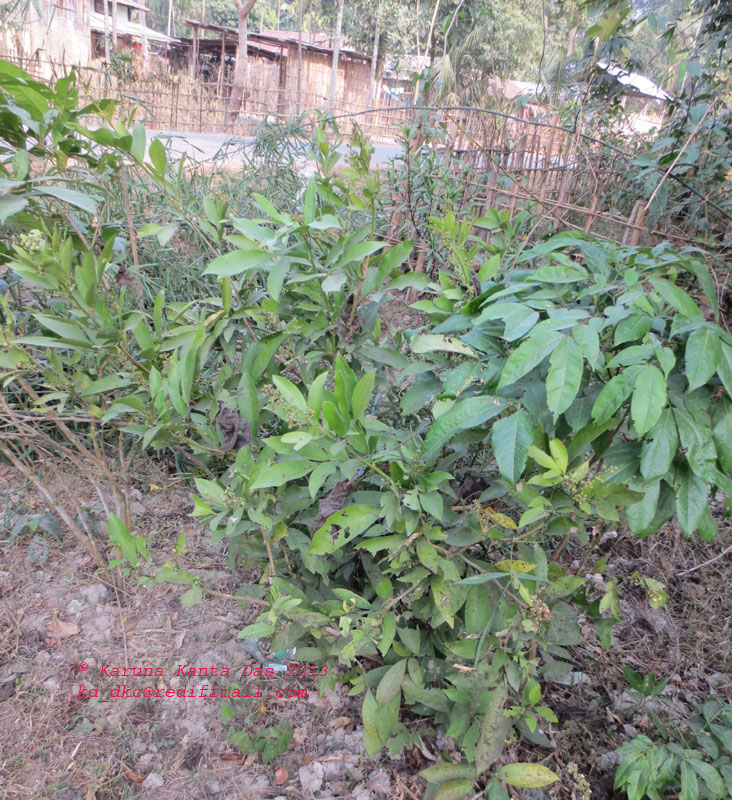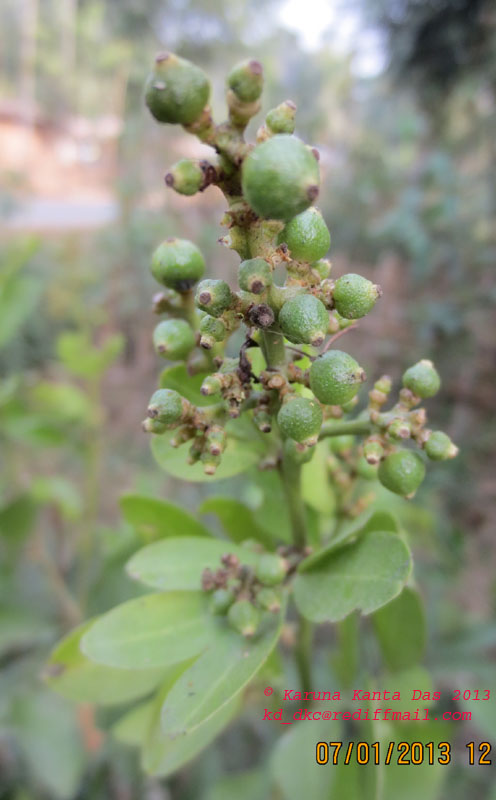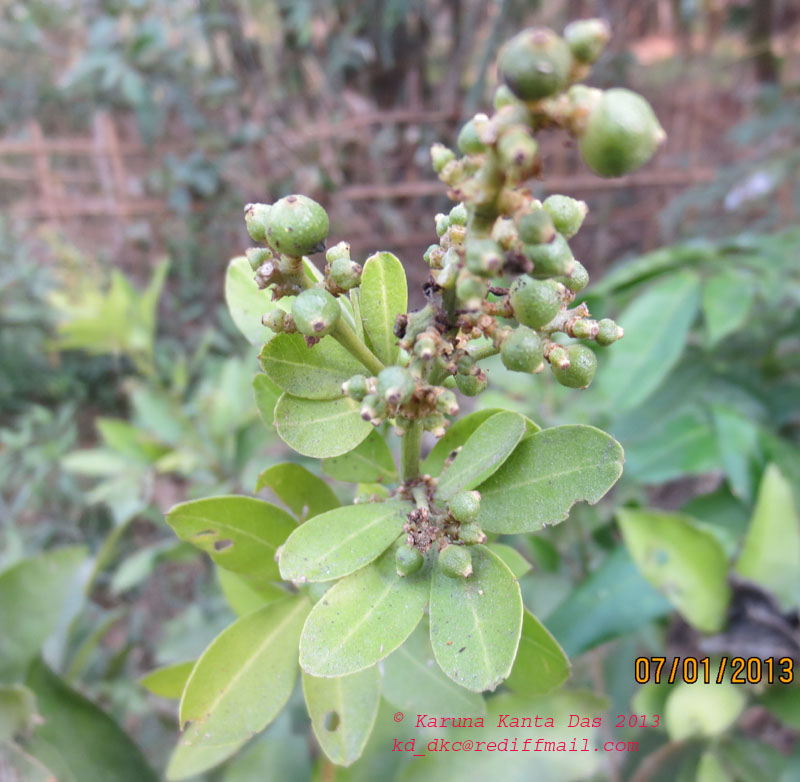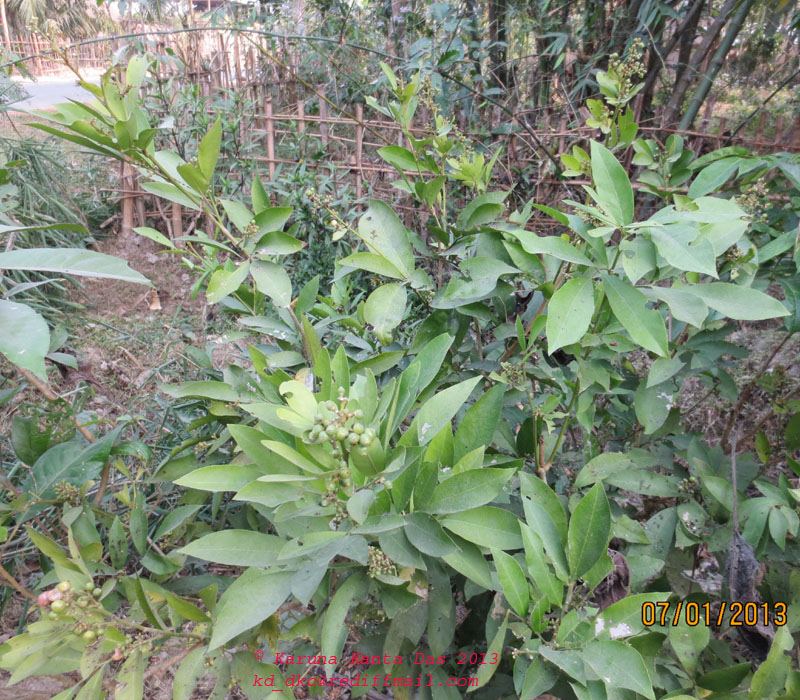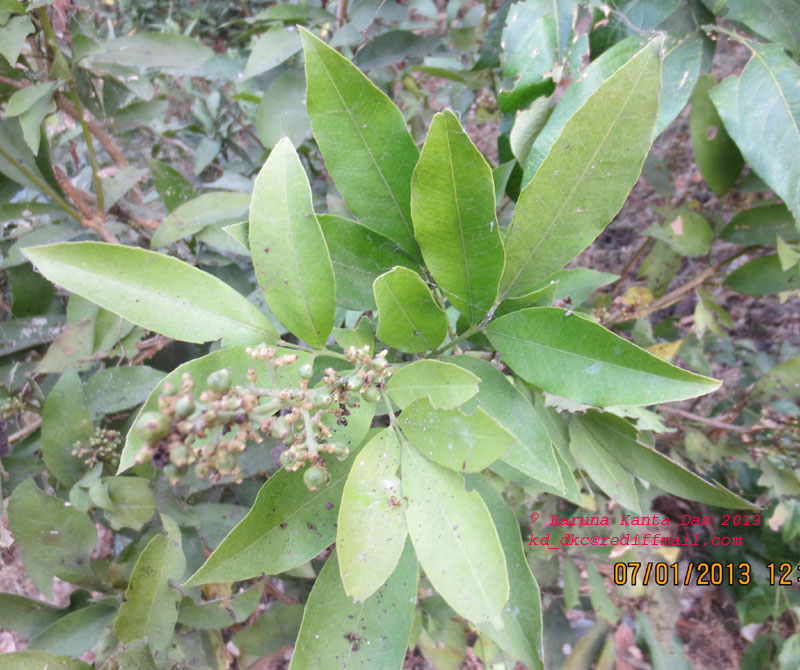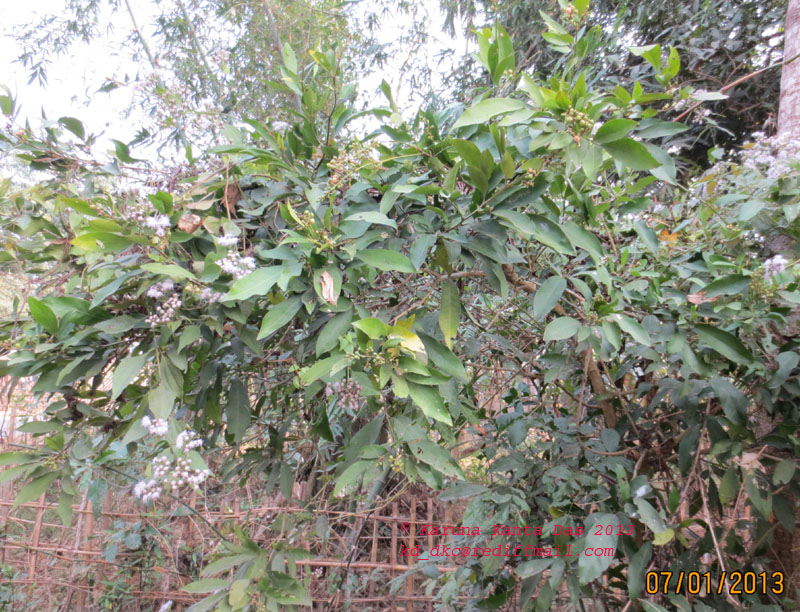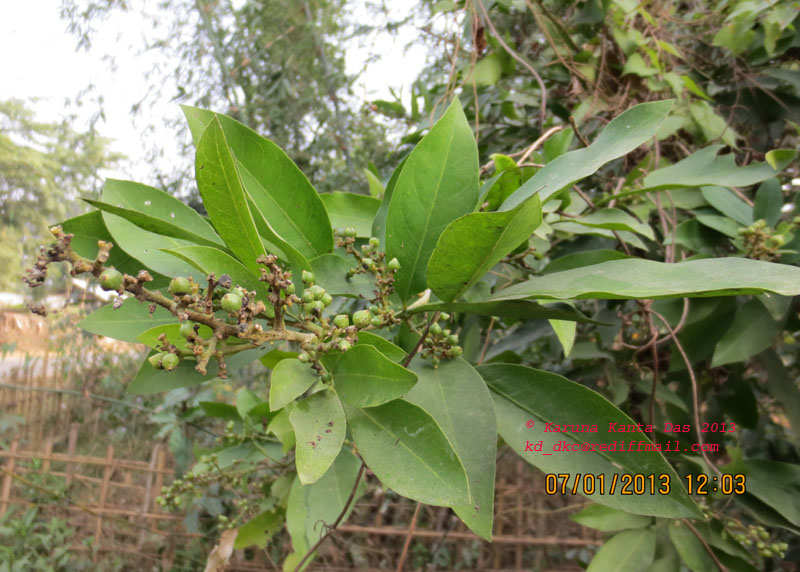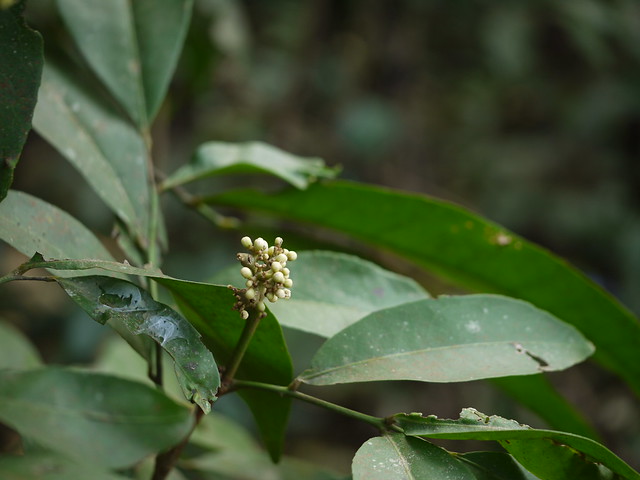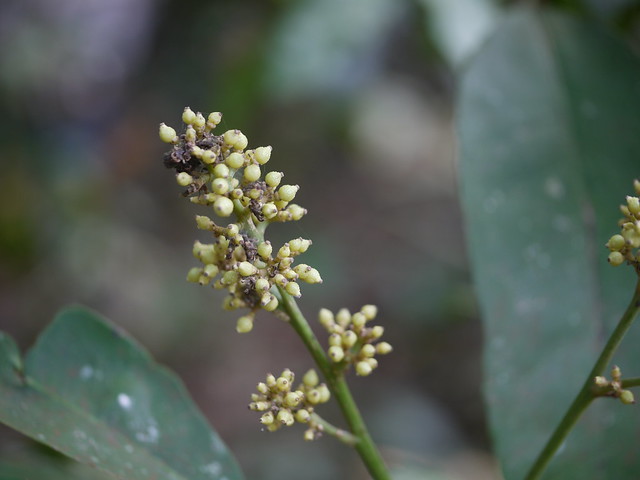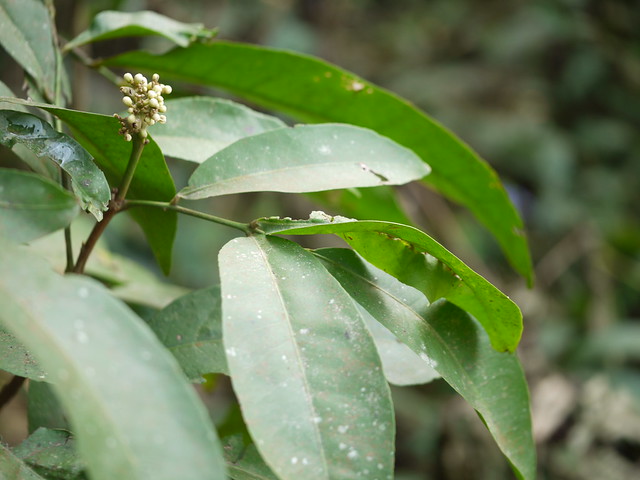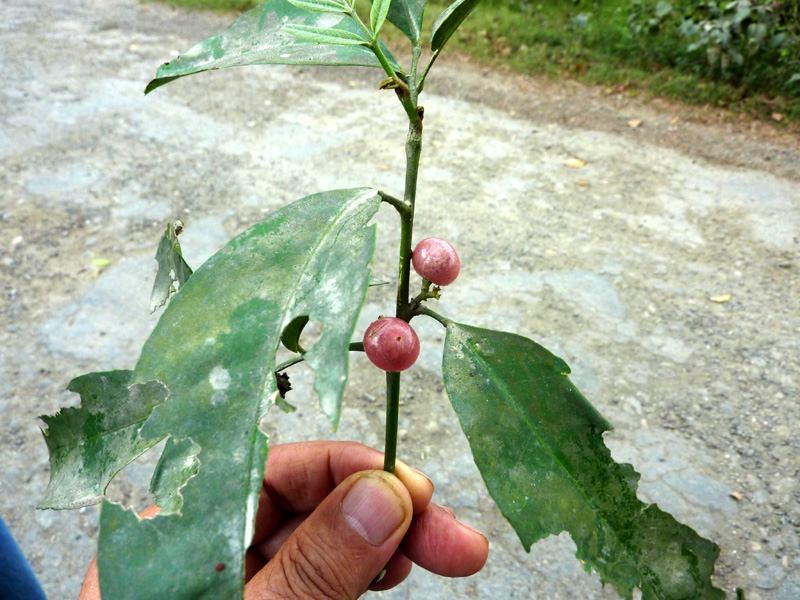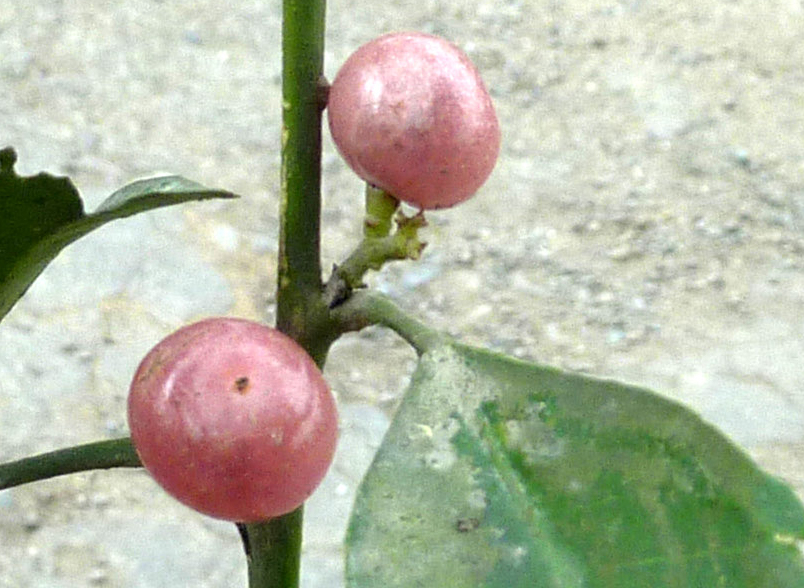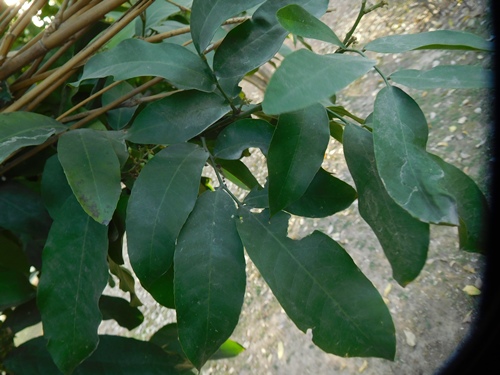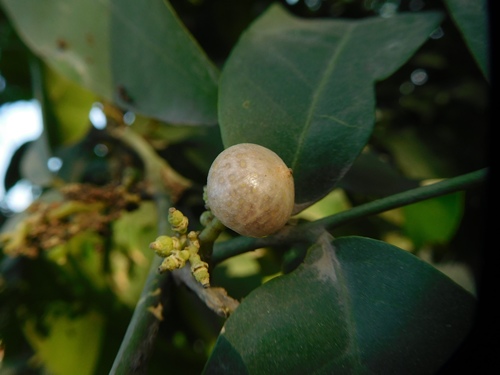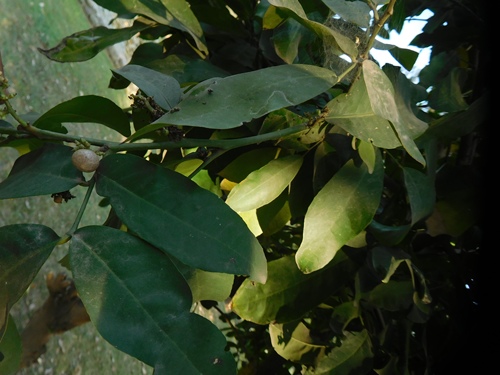Glycosmis albicarpa Sujana & Vadhyar (2022) (Southern Western Ghats)
Glycosmis cymosa (Kurz) V.Naray. (E. Nepal to China (Yunnan) and Indo-China: Assam, Bangladesh, China South-Central, East Himalaya, Myanmar, Nepal, Thailand, Vietnam as per POWO) (Sikkim, W. Bengal, Tripura, Assam, Meghalaya, Mizoram and Arunachal Pradesh; Bangladesh, Bhutan, Myanmar, China, Taiwan, and Philippines as per BSI Flora of India)
Glycosmis mauritiana (Lam.) Tanaka (Indian Subcontinent to Hainan and W. Malesia: Andaman Is., Assam, Bangladesh, Borneo, Hainan, India, Lesser Sunda Is., Malaya, Myanmar, Nicobar Is., Sri Lanka, Thailand, Vietnam as per POWO) (India: Mostly in coastal scrub forests from sea level to 400 m. occasionally also in semievergreen forests up to 900 m. Orissa, Andhra Pradesh, Tamil Nadu and Andaman & Nicobar Islands; Sri Lanka, Myanmar, Thailand, Malesia, Hainan. S.E. Borneo and Mauritius as per BSI Flora of India (var. mauritina; secondary nerve. of leaflets 5 – 8 pair);)
Glycosmis pentaphylla (Retz.) DC. (Indian Subcontinent to China (SW. & S. Yunnan) and W. & Central Malesia: Andaman Is., Assam, Bangladesh, Cambodia, China South-Central, East Himalaya, India, Jawa, Laos, Lesser Sunda Is., Malaya, Myanmar, Nepal, Nicobar Is., Philippines, Sri Lanka, Thailand, Vietnam, West Himalaya as per POWO)
Glycosmis pilosa V.Naray. (S. India, Andaman and Nicobar Islands as per POWO)








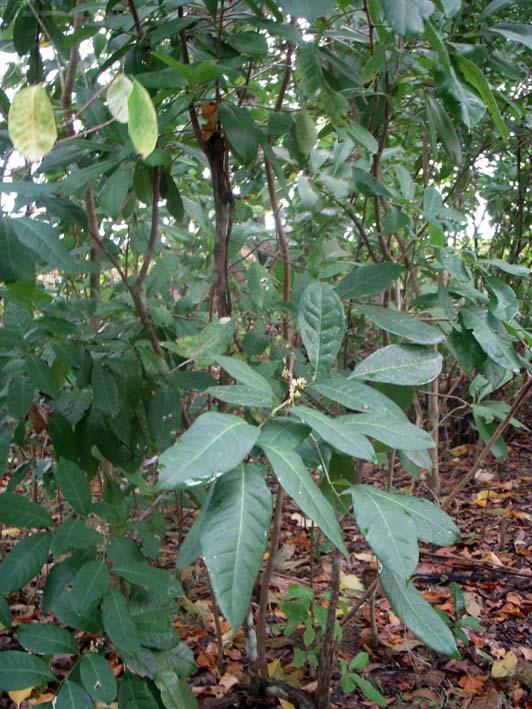
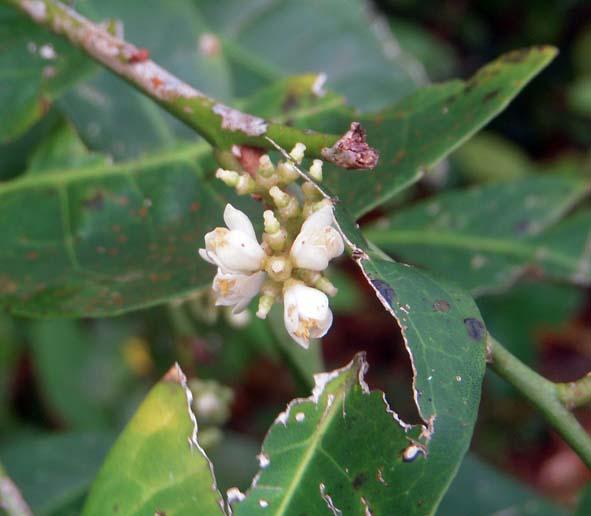
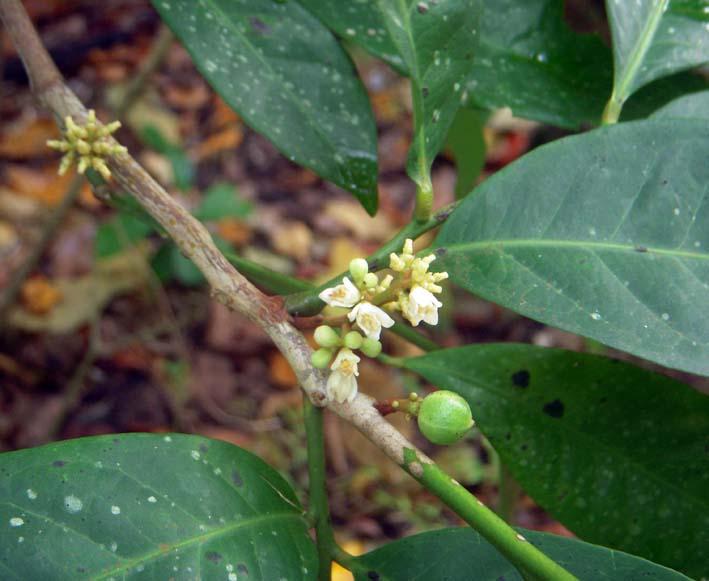
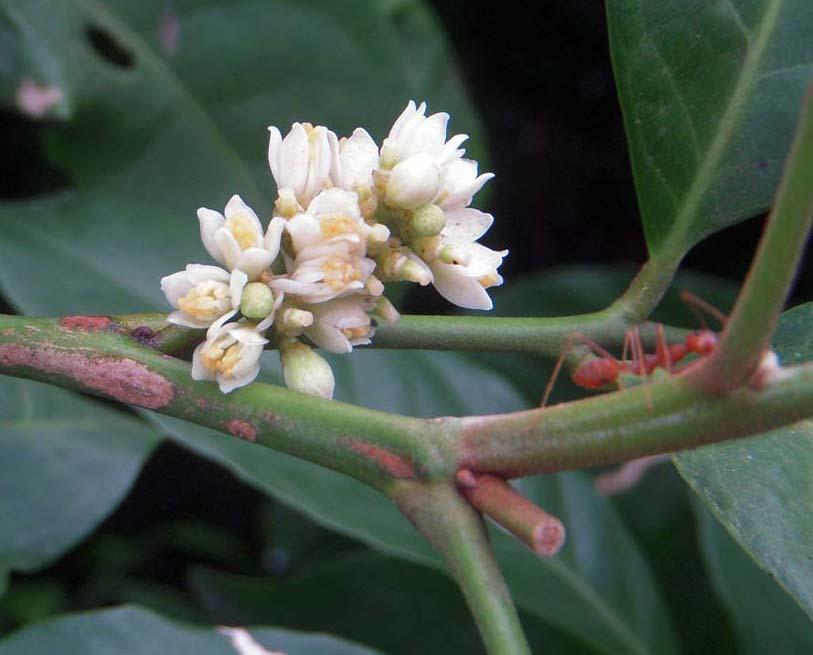
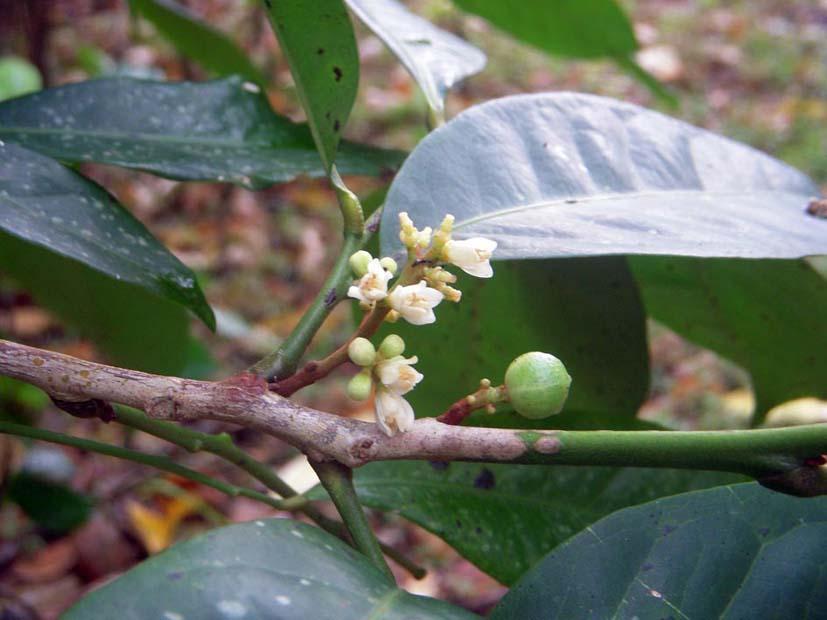
.
Keys as per BSI Flora of India:
| 1a. Ovary seated on a distinct gynophore | 2 |
| b. Ovary seated on a minute, annular, fleshy disk | 6 |
| 2a. Ovary glabrous; gynophore tumid, lobulate, broader than ovary | 3 |
| b. Ovary rusty-puberulent or shortly to densely pilose; gynophore a narrow, short stipe | 5 |
| 3a. Ovary 3-locular; leaves up to 10 cm long; leaflets up to 2 cm broad, obtusely acute at apex | 1. Glycosmis angustifolia |
| b. Ovary 5-locular; leavel up to 40 cm long; leaflets up to 8 cm broad, obtusely acuminate or caudate at apex | 4 |
| 4a. Sepals deltoid, less than 1 mm long; staminal filaments with a central ridge at inner face near apex; 4 style continuous with ovary, not clearly distinct, glabrous | 4. Glycosmis macrocarpa |
| b. Sepall broadly ovate, 1.5 mm long; staminal filaments flat without a central ridge at inner race; style distinct, deciduously tomentose | 2. Glycosmis boreana |
| 5a. Ovary ellipsoid, minutely to densely rusty-pilose; style distinct, stigma subcapitate; berries ca 15 mm across | 7. Glycosmis pilosa |
| b. Ovary ovoid-cylindric (rarely subglobose),minutely puberulous; style often scarcely distinct from ovary; stigma truncate; berries up to 10 mm across | 5. Glycosmis mauritiana |
| 6a. Berries creamy-white or salmon-reddish when ripe, outer rind mamillate | 6. Glycosmis pentaphylla |
| b. Berries purplish-black when ripe, outer rind smooth or pitted glandular | 7 |
| 7a. Berry solitary, axillary | 8. Glycosmis singuliflora |
| b. Berries few to many on axillary or terminal paniculate imfrutescence | 3. Glycosmis cyanocarpa |
.
In Flora of India Vol-4 MALPIGHIACACEAE- DECHAPETALACEAE, edited by P.K. Hajra, V.J. Nair & P. Daniel (1997) account of Rutaceae is written by K.N. Nair & M.P. Nayar. In this document (Nair & Nayar, 1997) published by BSI, following species of Glycosmis are described from India-
- Glycosmis angustifolia Lindl. ex Wight & Arn. [line diagram given] (India: Semievergreen forests of southern W. Ghats, up to 800 m altitude. Tamil Nadu and Kerala; Sri Lanka)
- G. boreana Narayanaswami ex Tanaka (India: Evergreen forests of Balipara Frontier tracts (Aka hills) in Arunachal Pradesh; known so far from two original collections by N. L. Bor (Bor 1658,578 in CAL) in the above locality)
- G. cyanocarpa (Blume) Sprengel
[var. simplicifolia (India: Evergreen forests up to 1200 m altitude. Assam, Meghalaya, Arunachal Pradesh, and Nagaland; Sri Lanka);
var. linearifolia (India: Evergreen forests, up to 1300 m. Assam (Brahmaputra plains), Meghalaya (Khasi and Garo hills) and Mizoram (Lushai hills));
var. fuscescens (India: Evergreen forests of S. Andaman Islands and Khasi hills (Meghalaya); Myanmar) (syn. of Glycosmis mauritiana var. fuscescens (Kurz) R.L.Mitra & Subr. as per POWO);
var. cymosa (India: Evergreen forests, up to 1500 m altitude. Sikkim, W. Bengal, Tripura, Assam, Meghalaya, Mizoram and Arunachal Pradesh; Bangladesh, Bhutan, Myanmar, China, Taiwan, and Philippines) (syn. of Glycosmis cymosa (Kurz) V.Naray. as per POWO]; - G. macrocarpa Wight [line diagram given] (India: Evergreen forests of southern W. Ghats, between 550 – 1800 m altitude. Tamil Nadu and Kerala; Endemic (Rare))
- G. mauritiana (Lam.) Tanaka
[var. angustifolia (India: Evergreen forests of southernmost parts of peninsular India at altitudes between 300 – 660 m. Tamil Nadu (Tirunelveli hills) and Kerala (Aryankavu, Bonaccord, Sabarigiri hills)) line diagram given;
var. mauritiana (India: Mostly in coastal scrub forests from sea level to 400 m. occasionally also in semievergreen forests up to 900 m. Orissa, Andhra Pradesh, Tamil Nadu and Andaman & Nicobar Islands; Sri Lanka, Myanmar, Thailand, Malesia, Hainan. S.E. Borneo and Mauritius) line diagram given;
var. andamenensis (India: Inland forests and thickets of South Andaman Islands at low altitudes from sea level to 50 m; Endemic);
var. insularis (India: Wet evergreen forests from sea level to 30 m. Andaman & Nicobar Islands; Sri Lanka and Malaya)] - G. pentaphylla (Retz.) DC.
[var. pentaphylla (India: Evergreen or semi evergreen forests and also frequently in open places, between sea level to 900 m. Throughout mainland and Andman & Nicobar Islands; Nepal, Myanmar, Bangladesh, China, Thailand, Philippines, Sumatra, Java and Sri Lanka);
var. linearifoliola (A curious plant with wry narrow and minutely denticulate leaflets and abortive flowers; Known only as a garden cultivar)] - G. pilosa Narayanaswami [line diagram given] (India: Coastal and inland forests of Andaman & Nicobar Islands. Also doubtfully in Karnataka, S. India (Stone, 1985: 17))
- G. singuliflora Kurz (India:Assam)
In addition to above eight species, one more is known from India which is described after publication of Flora of India Vol-4.
.
Flora of Peninsular India:
Glycosmis angustifolia
Glycosmis arborea (syn. of Glycosmis pentaphylla (Retz.) DC. as per POWO)
Glycosmis cyanocarpa var. cymosa (syn. of Glycosmis cymosa (Kurz) V.Naray. as per POWO)
Glycosmis macrocarpa
Glycosmis mauritiana
Glycosmis pentaphylla
Glycosmis tirunelveliensis
.
| Binomial | Habit | Notes | Ref. | Distrib. |
| Glycosmis angustifolia Lindl.ex Wight & Arn. |
Shrub | Western Ghats, Evergreen Forests |
Flora of Tamil Nadu, VOL. I, 1983; Narayana swami, 1941 |
Coimbatore, Kanniya kumari, Tirunelveli |
|
| Glycosmis cyanocarpa (Blume) Spreng. var. cymosa Kurz (syn. of Glycosmis cymosa (Kurz) V.Naray. as per POWO) | Shrub or small Tree |
Western Ghats, Evergreen Forests |
Flora of Tamil Nadu, VOL. I, 1983 |
Coimbatore, Tirunelveli, Virudhu nagar |
|
| Glycosmis macrocarpa Wight | Shrub | Western Ghats, Evergreen Forests |
Flora of Tamil Nadu, VOL. I, 1983 |
Tirunelveli | |
| Glycosmis mauritiana (Lam.) Tanaka | Shrub | Plains | Flora of Tamil Nadu, VOL. I, 1983 |
All districts |
|
| Glycosmis pentaphylla (Retz.) DC. | Shrub or Small Tree |
Dry Deciduous to Moist Deciduous Forests |
Flora of Tamil Nadu, VOL. I, 1983 |
Dharmapuri, Dindigul, Madurai, Namakkal, Salem, Theni, Tirunelveli, Tiruvanna malai, Vellore, Virudhu nagar |
|
Glycosmis cochinchinensis PIERRE EX ENGLER (syn. of Buchanania cochinchinensis (Lour.) M.R.Almeida as per POWO)
|
|
Species with description & pictures in Flowers of India as on 3.4.14:
| Botanical name | Synonyms | Family | Common name |
| Glycosmis mauritiana | Limonia mauritiana, | Rutaceae | Orangeberry |
| Glycosmis pentaphylla | Glycosmis arborea | Rutaceae | Ban Nimbu |
From Biotik:
Glycosmis macrocarpa Wt.
Glycosmis pentaphylla (Retz.) DC
.
Species with distribution in annotated checklist of Flowering plants of Nepal :
Glycosmis cyanocarpa (Blume) Spreng.
Glycosmis lucida Wall. ex C.C. Huang (syn. of Glycosmis cymosa (Kurz) V.Naray. as per POWO)
Glycosmis pentaphylla (Retz.) Correa
Glycosmis pentaphylla
.
Indian Medicinal Plants: A Compendium of 500 Species, Volume 3 (1995)- Details-
Glycosmis arborea (ROXB.) DC. is a synonym of Glycosmis pentaphylla (Retz.) DC.
.
.
Glycosmis macrocarpa Wt. – Rare- Karela & Tamilnadu
.
Floristic Diversity of Assam: Study of Pabitora Wildlife Sanctuary By Bora, Yogendra Kumar (2003)- Details with keys–
Glycosmis cymosa (Kurz) V.Naray.
Glycosmis pentaphylla
.
An Excursion Flora of Central Tamilnadu, India By K. M. Matthew (1993)- Details with keys–
Glycosmis mauritiana
Glycosmis pentaphylla
.
Flora of Davanagere District, Karnataka, India By B. K. Manjunatha, V. Krishna, T. Pullaiah (2002)- Details-
Glycosmis pentaphylla
.
Glycosmis pilosa Narayanaswamy : Shrub; Andaman islands; Great Nicobar islands. …
.
I have updated eFI (efloraofindia) page on Glycosmis
Attempts have been made to incorporate most of the species available in India & nearby areas with details & keys directly or through links as far as possible. It’s quite possible that there may be some discrepancy in the accepted names & synonyms taken from other links.
Species discussed so far in efloraofindia are given at the bottom of the page in the form of links against Subpages. On clicking them one can see all the details.
If someone can provide complete list of Indian species with source references it will be wonderful.
Any comments/ corrections are welcome.
I have added list of Indian species of Glycosmis based on Flora of India vol-4.
Thanks a lot, … Other links seems to be in concurrence with this.


